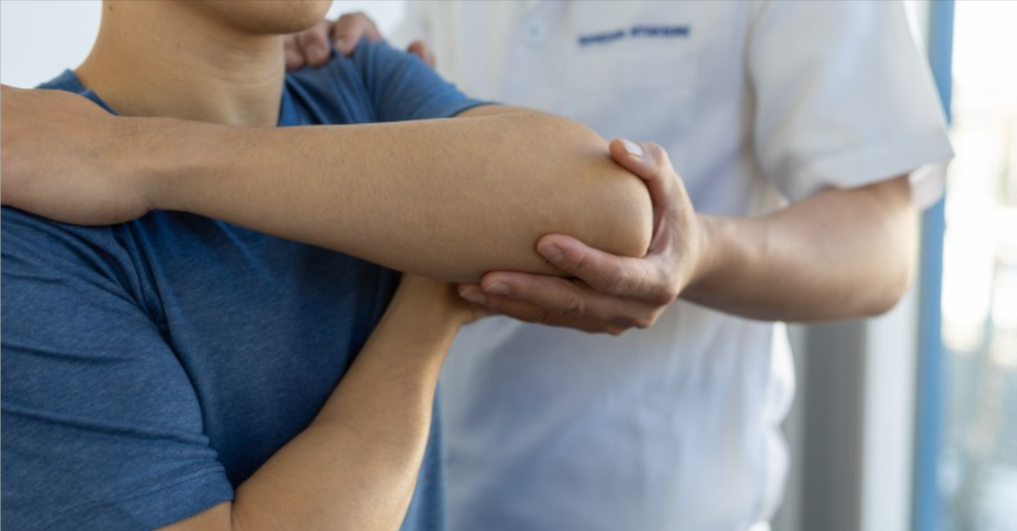When an individual experiences pain in the wrist, one could assume it’s carpal tunnel syndrome, but there are many conditions that affect the upper extremities. One such condition is lateral epicondylitis, which is more commonly known as tennis elbow.
Tennis Elbow
Lateral epicondylitis is a condition that occurs when the extensor carpi radialis brevis tendon becomes inflamed. This tendon helps the wrist bend backward. It can lead to pain near the elbow, the forearm, and the wrist, as well as cause a weak grip. Similar to carpal tunnel syndrome, the tennis elbow is rarely the result of a single traumatic event. It’s the cumulation of small traumas over time that largely go unnoticed until the symptoms interfere with daily activities. Lateral epicondylitis can also affect anyone whose work or hobby involves repetitive movements that work the wrist and forearm.
Chiropractors’ approach to tennis elbow is very similar to that of carpal tunnel syndrome. The patient’s treatment plan may include manual therapies, physical therapy, specific exercise instruction, dietary medications, ice therapy, and activity modification. Treatment may also include an orthotic called a tennis elbow brace or counterforce brace. A counterforce brace is placed beyond the crease of the elbow and pulled tight enough to provide support and circulation. The goal of the brace is to create a temporary attachment so the injured tendons can rest and heal. The brace is on for 4-6 weeks. Unlike the wrist brace for carpal tunnel syndrome patients, the counterforce brace is not usually on at night.
Chiropractor Management
Speaking of wrist bracing, a 2021 study found that the wrist cock-up splint commonly used by CTS patients can also benefit those with tennis elbow. In the study, participants received stretching exercises, ultrasound therapy, deep friction massage, and/or a wrist brace. After 3 weeks, the patients in the usual care plus wrist split group reported greater improvements in wrist pain, grip strength, and range of motion.
As with other musculoskeletal conditions, the goal of treatment is to reduce pain and improve function. This is so the patient can resume their normal activities as quickly as possible, without undergoing more invasive procedures. However, if the condition does not respond to a conservative approach, chiropractors will co-manage the case with an allied healthcare provider or refer the patient to a specialist. If you are looking for a chiropractor near you, consider Dr. Woodward in North Dallas today!


